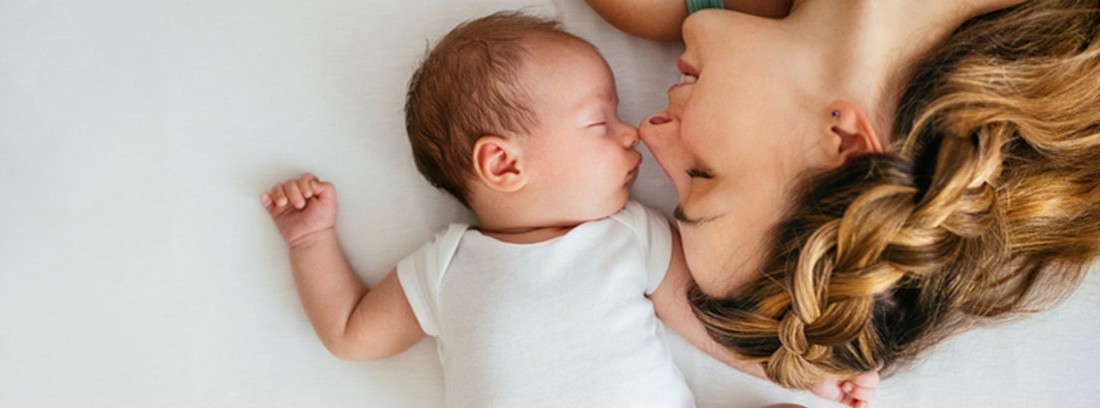Postpartum modifications

The puerperium or postpartum is the six weeks after delivery, a period in which the woman's body gradually returns to normal and reaches a physical state as similar as possible to that in which it was before pregnancy.
The first 2-5 days are usually spent in the hospital and then at home. The first hours should be controlled the good uterine contraction to avoid bleeding. The womb contracts, palpable as a hard mass in the abdomen below the navel, collapsing the blood vessels and actively stops bleeding. These contractions, which can be painful in some cases, are called wrongs. Medical personnel can administer pain relievers if necessary. Miscarriages are usually more painful after the second or third delivery, and are manifested especially when breastfeeding the baby.
Vaginal losses are called lochia. At first they will be red and after a few days they will change to a brownish color and later yellowish. The amount of lochia should be controlled as well as its odor to detect possible infections as soon as possible. Sanitary tampons should not be used, but pads that should be changed frequently.
The first urination can be difficult in some cases due to the edema of the vaginal and vulvar area, even requiring a specific catheterization. In some women, urinary incontinence occurs in the first days postpartum that will require rehabilitation of the muscles with Kegel exercises. The intestinal rhythm is also modified the first days with a certain degree of constipation.
The wound should also be controlled and its good healing, both in caesarean sections and vaginal deliveries, and the necessary analgesia should be administered for pain relief. Proper hygiene of the episiotomy is very important, washing it with soap and water every time after going to the bathroom, keeping the area dry. For this it is advisable to use a hair dryer.
The lower extremities must be especially careful. It is common for postpartum edema to appear that will decrease with the days. To promote venous return, it is recommended to elevate the feet of the bed. Be aware of any signs of thrombophlebitis, such as warmth, redness of the skin, and pain, as this would be a not uncommon postpartum complication. Compression stockings are recommended in patients with venous insufficiency to promote circulation and avoid complications.
The muscles of the pelvis and abdomen return to their normal tone little by little, so toning exercises can be started at the end of the puerperium.
If breastfeeding is chosen, the breasts produce colostrum for the first 2-4 days until the milk comes in. The baby should be put frequently to the breast to stimulate it to the maximum. The increase in milk is accompanied by a significant increase in the volume of the breasts, sometimes very engorged, and an increase in body temperature.
In many women there is a postpartum blues produced by hormonal changes. 3-5 days after delivery there is a feeling of sadness, variable mood, crying for no apparent reason, anxiety and impatience. If this feeling is accentuated or lasts beyond the tenth day, a specialist should be consulted to rule out postpartum depression.
A decrease in hair volume is frequent with significant hair loss between 3-5 months postpartum, which later recovers.
It is important not to restart sexual intercourse until after the medical control of quarantine, about 40 days postpartum. Most women do not have their period during breastfeeding, and their fertility decreases due to the lack of ovulation, but they are not exempt from becoming pregnant so they should take precautions. If you have opted for artificial lactation, the rule usually appears between 6 and 8 weeks after giving birth.
(Updated at Apr 13 / 2024)